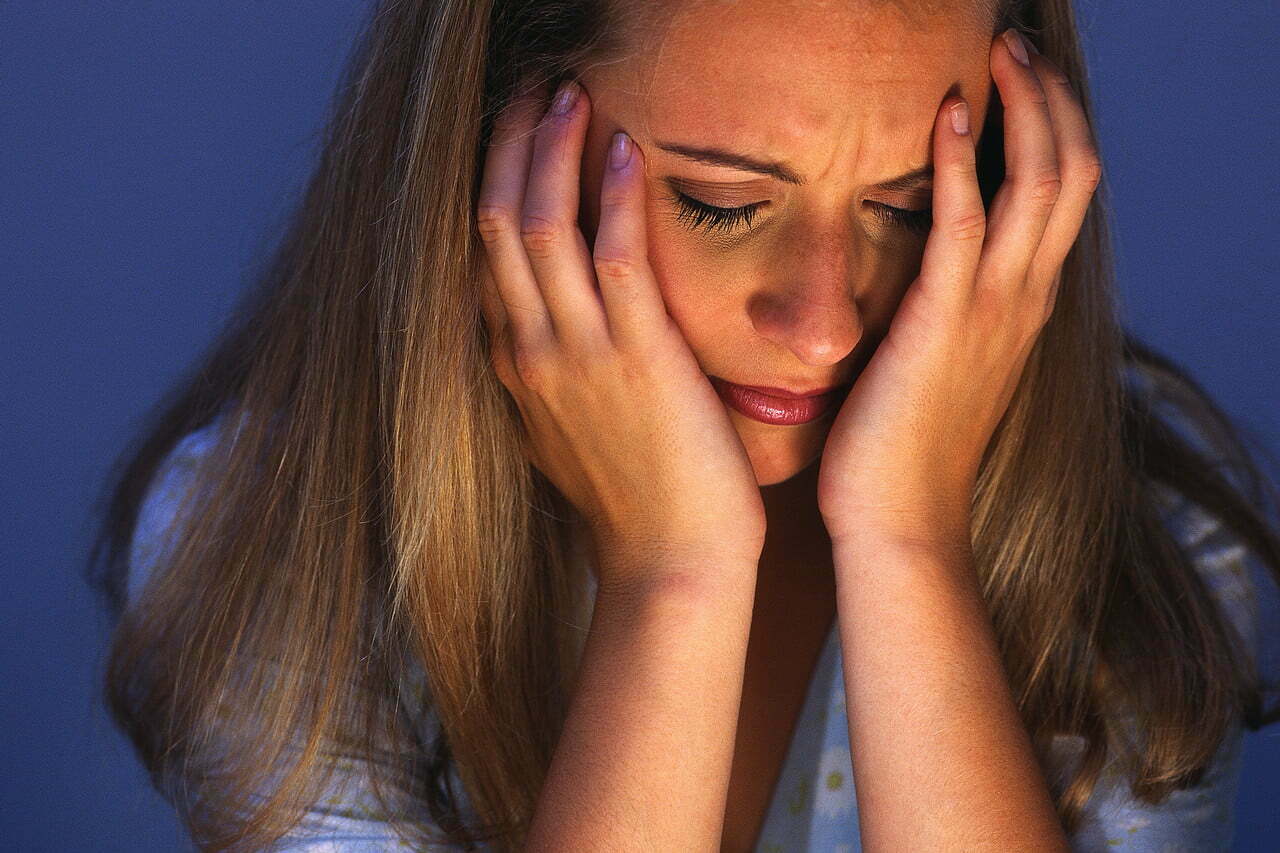
Breast pain is commonly noticed in women a few days before their menstrual cycle. However, in some cases the breast pain is unrelated to the monthly periods. Sometimes the pain is mild and goes away quickly, but in some women the pain can be severe and can require medical treatment.
Types of Breast Pain
Breast pain is of two types:
- Cyclical breast pain – related to monthly menstrual cycles
- Non-cyclical breast pain – pain unrelated to menstrual cycles
The majority of women who complain of breast pain suffer from cyclical breast pain.
Cyclical Breast Pain
Cyclical breast pain commonly occurs between 30 and 50 years of age, although it can occur in women once menstruation starts. Cyclical breast pain does not occur in postmenopausal women. Women with cyclical breast pain usually suffer mid-cycle onwards, with pain improving upon menstruation. The breasts become tender to the touch, generally affecting the outer part of the breast.
Causes of Cyclical Breast Pain
Women who suffer from cyclical breast pain may have breast tissue that is more sensitive to normal hormonal changes that occur with menstruation. It is generally unrelated to any hormonal problem or a breast problem. Physical activity can increase the pain, especially if the job involves lifting heavy objects or prolonged use of the arms.

Treatment Options for Cyclical Breast Pain
Mild symptoms do not require any treatment. Women are usually reassured when they understand that cyclical breast pain is not a symptom of disease. Cyclical pain can come and go over a long period of time as long as the woman is menstruating.
Non-Cyclical Breast Pain
Breast pain that is unrelated to menstrual cycles and comes and goes randomly is called non-cyclical breast pain. It is common in women older than 40 years of age. The pain could be felt in both the breasts, or localized to one particular area in one breast or both breasts.
Causes of Non-Cyclical Breast Pain
- Pain in the breast tissue with no presence of lumps, masses, tumors, etc. The reason for this type of pain is unknown.
- The pain may be radiating from under the breast from the chest wall due to muscular or bony problems.
- Infection may result in breast pain.
- Breast tumor, lumps, and cancer.
Treatment of Non-Cyclical Breast Pain
The breast pain may disappear in a few months without any particular kind of treatment. Pain medications such as ibuprofen or Motrin may reduce the pain.
Some common treatments for breast pain include:
- Breast support with a well-supporting bra. Avoiding bras with underwires sometimes helps with pain symptoms.
- Topical non-steroidal anti-inflammatory pain relievers can be applied to the painful breast area for relief.
- Medications that block hormones – Medicines such as danazol and tamoxifen can provide pain relief in most cases. The medicines act by reducing the level of the hormone.
- Evening Primrose Oil – Capsules containing gamolenic acid are known to provide slight relief for breast pain.
You should see your doctor if the breast pain persists or you have any other breast symptoms. Please be safe and be well.
Random Questions
Worry if breast pain persists, or if there are other concerning symptoms. Consult a doctor for persistent or severe pain.
Causes include cyclical factors related to menstruation, hormonal changes, physical activity, and non-cyclical factors like infection or chest wall issues.
Mastalgia, or breast pain, can be caused by hormonal sensitivity, physical activity, infections, or underlying issues like tumors.
Mastalgia can persist over months or longer, especially if it’s cyclical and the woman is menstruating.
Treatment varies; mild symptoms may not need treatment. Options include pain medications, supportive bras, topical pain relievers, and hormone-blocking medications.
Cyclical breast pain is common between 30 and 50 years, while non-cyclical pain is more common in women over 40.
Mastalgia is characterized by breast pain, tenderness, and discomfort. Consult a doctor for a proper diagnosis and guidance.
Cyclical mastalgia can come and go over time, particularly if a woman is still menstruating. Non-cyclical pain may resolve on its own or with treatment.
